From 2003 James taught in Macclesfield either once or twice a year. Originally when he came up he taught in a little room above pizza express, then in a park building and in a hospital out-building. After that the group of practitioners in Macclesfield had the use of a building which became a buddhist centre…
For about a decade Chris Coppock, who was a major contributor to this, made audio recordings of the talks which James gave… and also made (along with Charles Lomas) some video-recordings.
Thanks to Pedro and Barbara this set of recordings is now available within the complete collection on James’ YouTube channel .
(Videos posted prior to December 2002 are included are still available on the Vimeo collection)
Due to causes and conditions that buddhist centre eventually folded but happily James continued to journey north and teach in different venues, annually, since then.
Over two decades, James took us along in the dharma stream opening up and elucidating different aspects to us. Beginning with little knowledge of the dharma and what it offered we became able to follow and change and grow out of, at least some of, our limiting old ideas about how ‘things’ are.
Some people are using these audio and video teachings as a way to study so to make it easier to see and hear how the talks evolved as we did, I have grouped what’s available in this set of teachings together on this page.
I hope you enjoy the journey as much as i have done!
In this short and sweet video James offers an introductory explanation as to how we become confused… and the freedom of the view of Dzogchen, to which all his videos audios and texts relate.
In the Macclesfield set, we have so far :
1. View of Dzogchen Nov 2003
The beginning: explaining how the dzogchen view fits with the other teachings in buddhism. As you listen you may begin to sense how this right this engagement could be for you. The possibility of …’freedom is our birthright’…is scented in the air.
audio only
2. Focussing and Distraction – Dzogchen practice July 2004
Without realising and activating our capacity to choose whether or not to identify with arising thoughts we have little freedom.
Like preoccupied puppets we are pulled by the strings of internal forces and external triggers which drive us into reactivity.
Practices such as following the flow of the breath on the upper lip help develop a clear attention, and bring the calmness and perspective necessary for a more intentional and pro-active life.
audio only
3. Living with Anxiety and Doubt February 2005
Most of us have a lot of worries and anxiety in our lives. James explains the traditional Nyingmapa understanding of the nature of anxiety, the structures underpinning its development, and shows how meditation can help us cut through the root of that development.
In practicing different meditations, we can offer a more open precise and present attention to the complex circumstances of daily existence. We can then work more easily with everyday moments of anxiety and confusion.
audio only
4. Wisdom and Compassion May 2006
Explaining the two truths: how it appears…the imagined illusion, and how things are…the ultimate truth.
That real compassion arises from wisdom i.e. from realising the ultimate truth and then helping others realise their true nature.
So getting to know your own mind, letting go of the knot of dualism, and not being distracted is vital…
audio only
5. Lojong – Mind training Dec 2006
audio videos – YouTube vimeo (x3)
6. The Transmission of Flow and the Flow of Transmission June 2007
Considering the nature of lineage, its function and importance…and continuity
James refers to a short text by Saraha, ‘The Treasury of Songs’, which is included in his book ‘Simply Being’.
audio videos-YouTube or vimeo (x3)
7. Clearing the Clutter November 2007
audio video-YouTube or vimeo (x3)
8. Basic Buddhism practiced with a dzogchen view March 2008
audio videos – Youtube or vimeo videos (x3)
How the preliminary practices in Tibetan buddhism can be taken up and made use of within the dzogchen view
9. Refuge is Liberation Nov 2008
Teaching on Garab Dorje’s ‘Three Points’ as the essence of refuge
Using the three statements as a base for exploring dzogchen, view and practice…
the view shifts from fusion… to dualistic intention… to non-dual liberation
audio videos
10. Love, Compassion, Joy and Equanimity June 2009
– The Four Immeasurables
The deep meaning of the ‘Four Brahmaviharas’, which is found in all schools of buddhism, is expounded here… with the accompanying prayer.
Wishing for all beings to rest in the integration of their natural condition and that the obstacles to this may dissolve.
Then, seeing the equality and insubstantial nature of what our conditioning would denote as ‘good’ and ‘bad’, we practice remaining relaxed and open with whatever occurs.
audio video
11. Four Foundations of Mindfulness – a dzogchen perspective Jan 2010
Mindfulness is explored from different perspectives including psychotherapy, theravada and dzogchen. With mindfulness we can become intentionally attentive and careful so we are no longer at the mercy of whatever is happening. From the view of dzogchen we can be in the movement of the world as it changes… and remind ourselves to relax back into integration.
audio videos – YouTube or vimeo
12. Working with Change and Impermanence Nov 2010
Exploring how my behaviour is generated from the belief that I have a fixed internal ‘essence of me’
… and how my belief that there are self-existent ‘things’ in the world keeps me trapped in reactivity.
As we meditate, and thoughts feeling and sensations arise and pass, we experience that change is the basis of our existence.
If we can see that we are change – that who I am is co-created – then we can inhabit our existence freed from the trap of trying live to life on our own terms.
audio video
13. The Illusory nature of Experience March 2012
The text of the Heart Sutra, which is the basis for this talk, begins ‘Form is not other than emptiness, emptiness not other than form’.
It continues in is way expounding the true nature of all phenomena, including what we take to be ourselves.
This is so very other than we how habitually imagine it to be and James explains freshly, clearly, and accessibly.
audio video
14. Integrating openness and presence Feb 2013
Explaining how wisdom and compassion can be activated in our own existence.
Seeing that the compassion which arises from through understanding the illusory nature of phenomena is not artificial…
that the openness, the radiance, and the arising gesture are integrated.
This talk includes the practice of tong-len
audio only
15. Balancing Relaxation and Effort in Buddhism Feb 2014
We can see how effortfully attempting to stabilise that which is inherently unstable will be exhausting and ineffective.
So, on retiring from that struggle, how do we make the appropriate shifts between agency – the assertion of energy… and plasticity – where we allow ourselves to be moulded by circumstances?
Looking at how space allows us to see clearly…and how, by relaxing into our potential, our potential can be activated into the situation with finesse.
audio only
16. Staying Open to Life as it is Feb 2015
The world impacts us and influences us as it flows into us through our sense organs…
and we influence the world by being part of it, like a stream of many potentials within a bigger river.
Exploring how observing yourself as you are, being kind to yourself and letting yourself reveal yourself… is the way to make life easy…
audio only
17. Buddhism and creativity Feb 2016
Buddhism would say that ethics is the basis for the forms of our experience…
That due to causes and conditions we inhabit a particular vision, a mental construct created from a configuration of many factors.
Exploring this and seeing how meditation brings the spaciousness and flexibility needed to respond easily in interaction with the world.
audio only
18. Dissolving attachment in the openness of being Feb 2017
Dissolving attachment in the openness of being. Dzogchen practice focuses on avoiding hanging on to what we like and pushing away what we don’t like. This is supported by the mindfulness that helps us avoid falling asleep in the process of living. Being undistracted is simply talking with full attention when you are talking, walking with full attention when walking etc.
audio video
19. Working with Life and Death March 2018
Many different ideas exist about what happens at death which direct our intentionality in this life.
Here James explores what buddhism has to bring to these ideas and explains the traditional view of what the mind is and also what is consciousness.
Including the nature of the death process and how we might work with that.
audio
20. Balance in Turbulent times Feb 2019
Attempts to withdrawal from the turbulence or to control the mind are actions which increase our sense of separation.
With the Mahayana view we are looking at how our mind is rather than focusing on its impermanent contents.
Through meditation we are seeking to open to that which is stable…an invitation, explanation and practice.
audio
21. Kindness, Fellow Feeling and the Common Weal Feb 2020
Loving kindness, karuna, is the foundational attitude of Buddhism. Kindness sees all life as kind, as kin, as always-already-connected. With this view the barrier between self and other shrinks and we become inclusive in everything we do. This is deepened and supported by the wisdom of seeing our mind as it actually is.
audio video
22. Finding Refuge and Spreading Light Jan 2023
Finding enduring refuge in the intrinsic purity of our own mind.
audio video
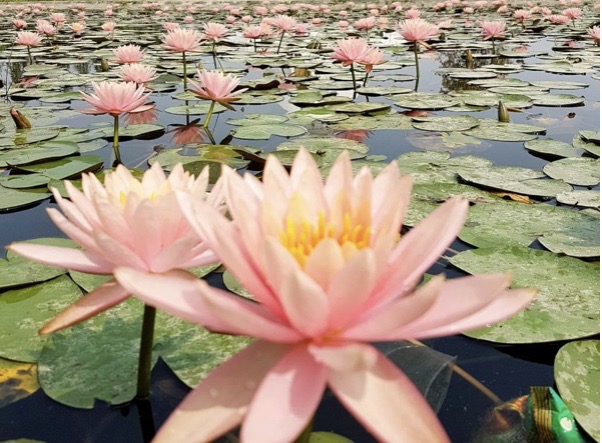


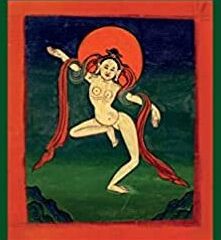
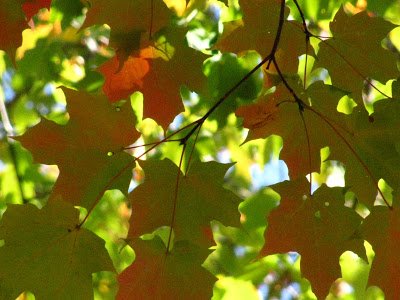
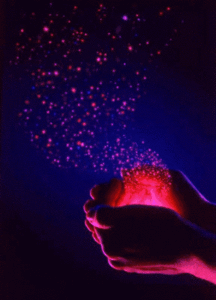








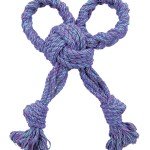
 said it would only take a week or so of free time to get the recordings ready… and this is true, but sometimes there’s more to it than that….
said it would only take a week or so of free time to get the recordings ready… and this is true, but sometimes there’s more to it than that….